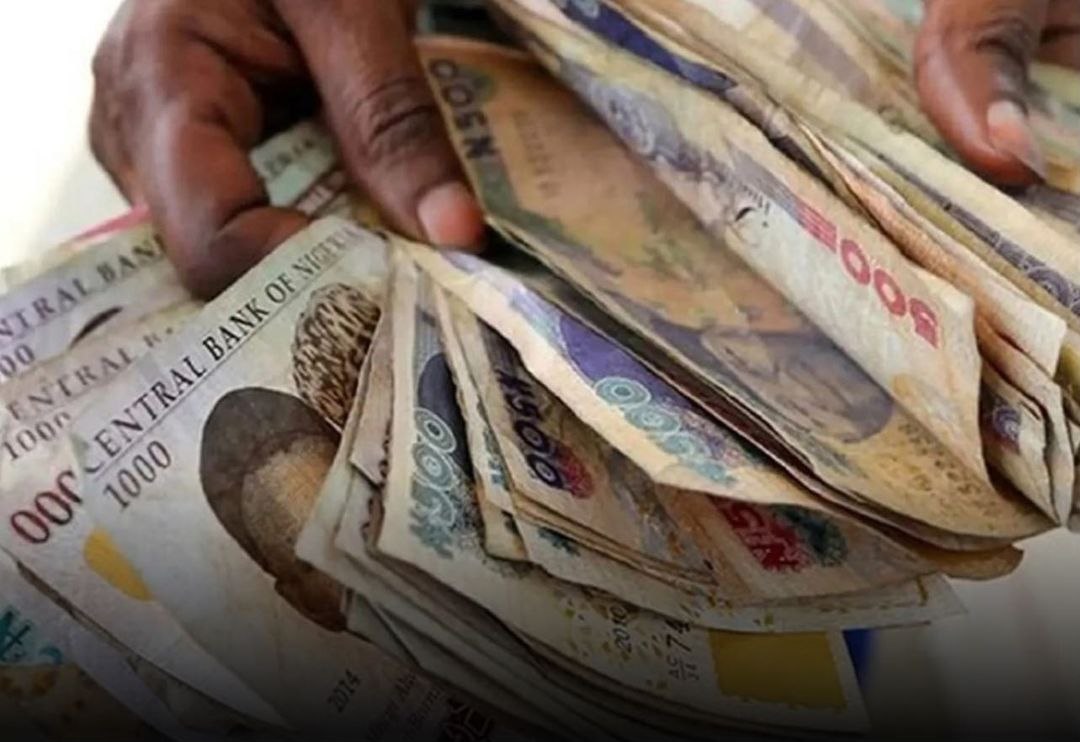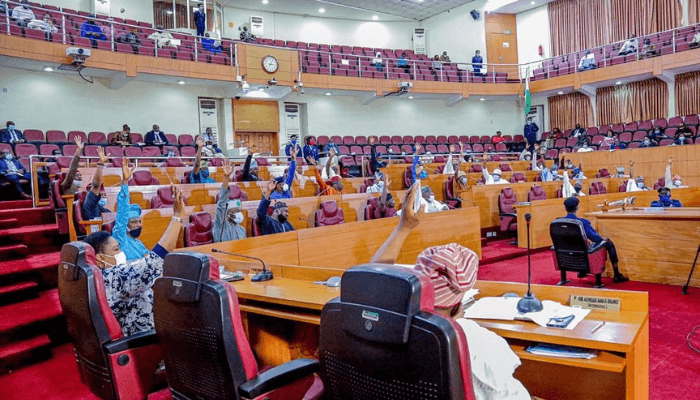The Nigerian naira faced renewed downward pressure in the foreign exchange (FX) market last week, depreciating both at the official and parallel markets, despite intensified interventions by the Central Bank of Nigeria (CBN).
At the official Nigerian Autonomous Foreign Exchange Market (NAFEM) window, the naira closed at N1,475 per dollar, representing a 1.37% week-on-week depreciation.
Similarly, in the parallel market, it weakened by 0.61% to N1,484/$ — reflecting persistent demand-supply imbalances in the FX ecosystem.
CBN’s recent interventions have been supported by improved non-oil foreign earnings and stronger oil inflows, bolstering external reserves above $43 billion.
These measures — alongside tighter regulation of illegal Bureau de Change operations and continued FX market reforms — have helped moderate volatility but have not fully bridged the gap between official and street rates.
However, weakening oil prices dampened investor confidence during the week, raising concerns over Nigeria’s oil revenue outlook.
Market participants say the sustained high demand from importers, manufacturers, and individuals continues to exceed dollar supply, keeping pressure on the naira and widening the rate gap between NAFEM and the parallel market.
The CBN has implemented several policy tools, including unified exchange rate measures, improved liquidity windows, and a September policy rate cut aimed at easing market pressure. These moves have attracted increased foreign inflows since mid-2024, particularly following the removal of fuel subsidies and electronic forex auctions.
Meanwhile, the global FX environment also influenced local market sentiment. The U.S. Dollar Index (DXY) hovered around 98.4 in London on Monday, as the greenback retreated amid a prolonged U.S. government shutdown and expectations of interest rate cuts by the Federal Reserve.
According to the CME FedWatch Tool, markets are now pricing in a 96% probability of a December rate cut and nearly 100% odds for October, contributing to the dollar’s recent softness.
Tensions between the U.S. and China appear to be easing, with Donald Trump expressing optimism over renewed soybean trade talks with Beijing.
The U.S. President said he expects a trade deal soon, ahead of planned talks between Chinese Vice Premier He Lifeng and U.S. Treasury Secretary Scott Bessent.
Currency strategist Chika Onwuegbuchi noted that the widening gap between official and parallel rates “highlights the structural FX liquidity problem that remains unresolved.”
“While CBN’s interventions have stabilized short-term volatility, fundamental demand pressures remain high. The key will be increasing sustained supply, not just periodic interventions,” she explained.
FX market analyst Ayo Oladipo added that global macroeconomic shifts — especially dollar weakness tied to U.S. policy — may provide temporary relief for emerging currencies like the naira but warned against overreliance.
“The naira’s current weakness is more domestic than external. Until structural bottlenecks affecting FX inflows are addressed — including export diversification and investment confidence — pressure will persist,” he said.
Market watchers expect the naira to remain under pressure in the coming weeks unless there’s a significant increase in dollar supply or new policy measures from the CBN to boost liquidity and investor confidence.





